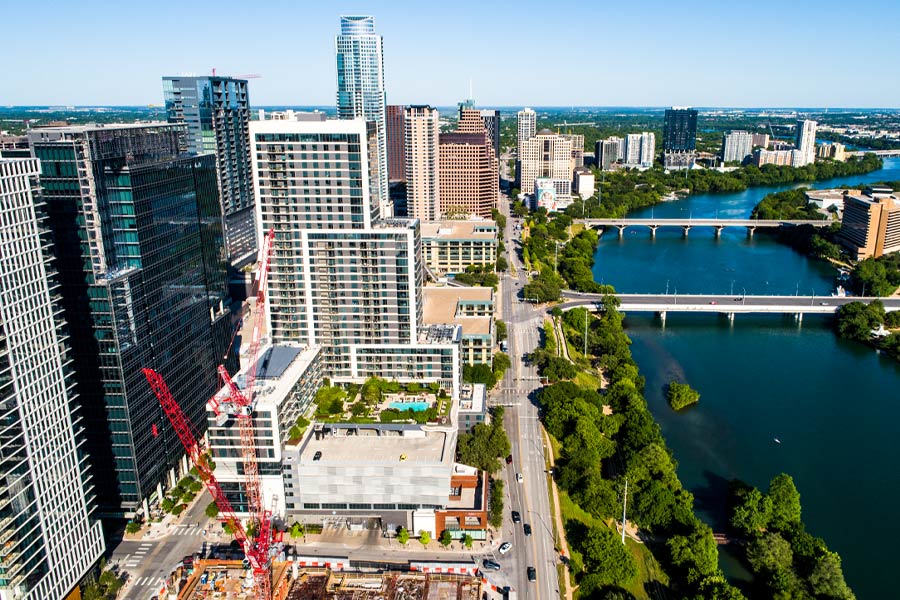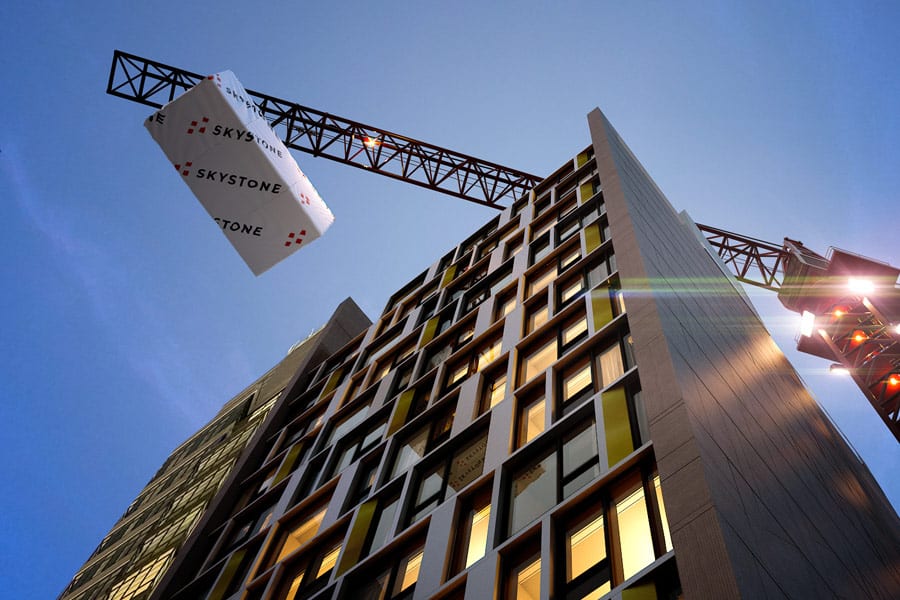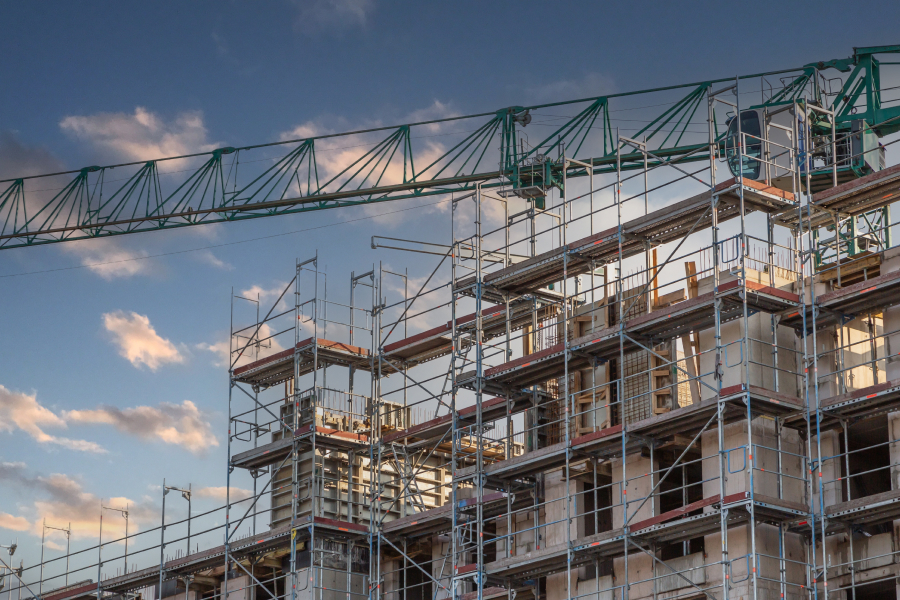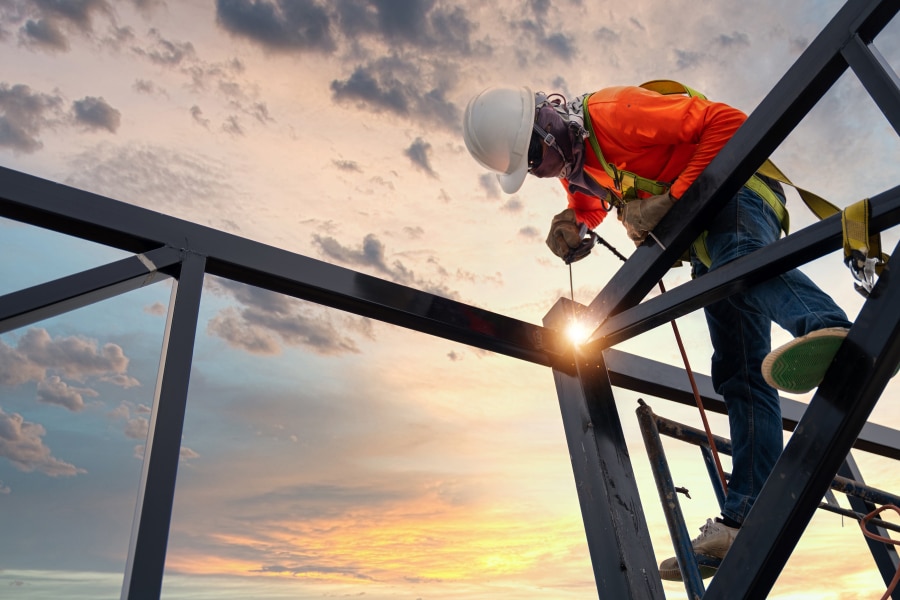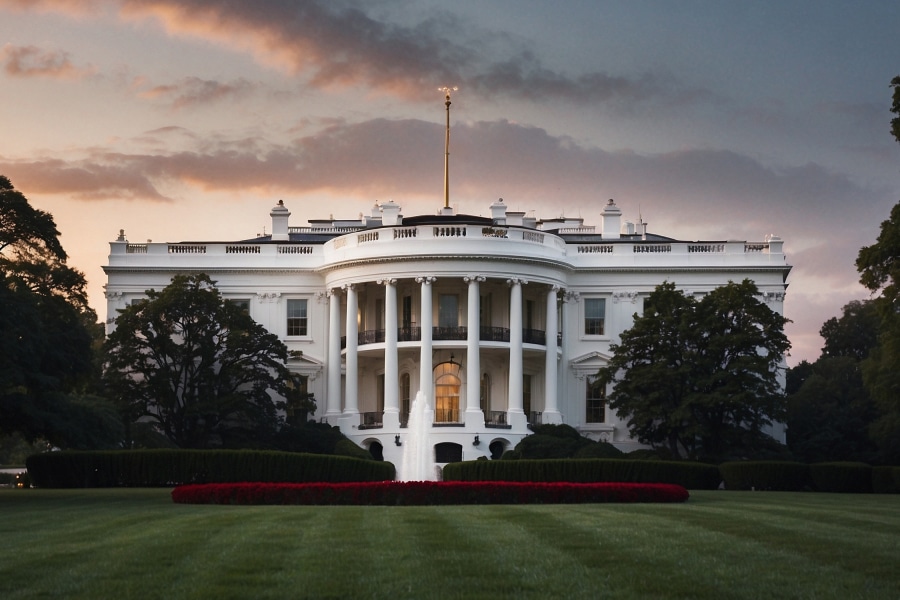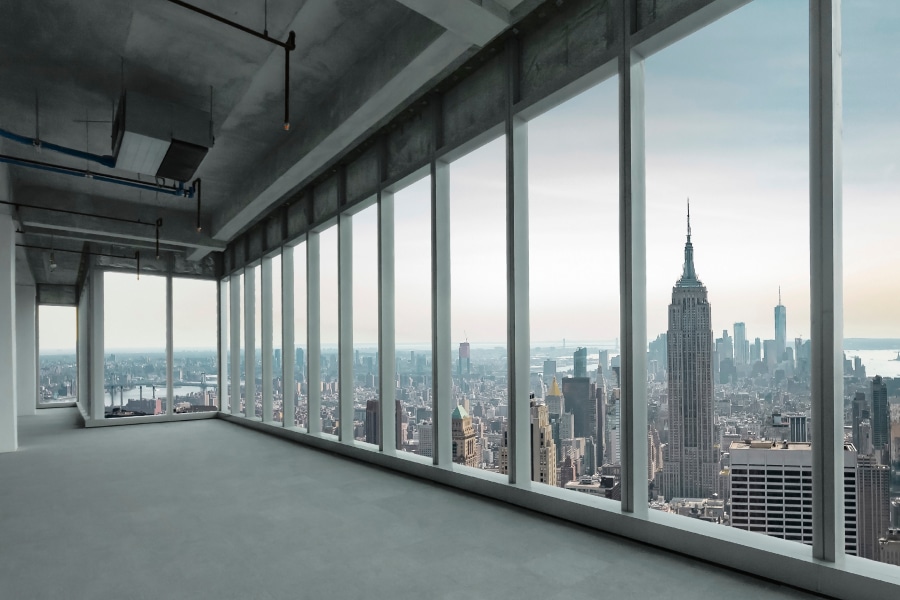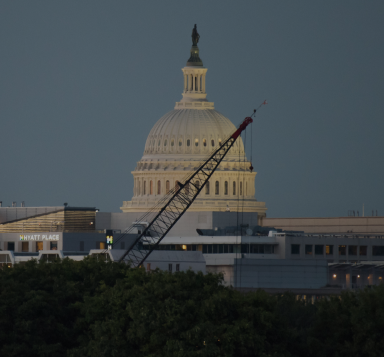Across the United States, mid-sized cities have been growing rapidly, and Austin, Texas, is no exception. Thanks to many factors, including the much-buzzed-about mass relocation of Californians to Texas under the auspices of some of the biggest names in technology, this once-sleepy city off the Colorado River is quickly becoming a boom town.
As of 2020, Austin sits in the top 10 of America’s fastest-growing cities. But what will this growth mean in a state whose opposition to urban zoning is well known? How will Austin’s built infrastructure handle this influx of new residents?
Built interviewed Dean Almy, the director of the University of Texas at Austin’s Graduate Program in Urban Design, to take a closer look at Austin’s historic approach to urban planning and examine how the city’s approach to zoning and construction may shift to accommodate a growing population.
A city of neighborhoods
Austin’s early urban planning was centered on the historic Capitol Building. “The layout of Austin was really quite smart in terms of its relationship to topography,” Almy said. “When you go down to Congress Avenue, which is the main access of the city, the state Capitol is on the high ground. Because Austin was planned in a time before dams harnessed the Colorado River, the original grid of the city was on a little bit of a higher plane. Outside of the central grid of downtown was all floodplains.”
Because of Austin’s emphasis on the Capitol as the center of urban life, the organization of the surrounding neighborhoods was originally left to be decided on an individual basis. But Almy said that a more central aspect of this neighborhood-based approach to urban planning was the Texan value of individualism.
ALSO ON BUILT:
“For good or bad, everything is about the preservation of property rights and not removing entitlements from people’s property,” Almy said. “That makes planning extremely, extremely difficult. The planning of the city of Austin was really neighborhood focused, and they basically let the neighborhoods plan themselves in terms of their future vision.”
This individualistic approach to urban planning has proved a challenge as Austin continues to grow.
“Density in the central city has to be radically increased,” Almy said. “But of course, the neighborhoods are very strong in Austin. There is a long tradition of neighborhood planning with a ‘not in my backyard’ attitude. The city’s been trying to update its development code for five years now,” encountering barriers due to the entrenched attitude many individual neighborhoods take to increasing their density and potentially impacting the suburban quality of life that characterizes much of the city.
Increasing density
“Austin has pretty much followed the trend of doubling its population every 20 years, and that’s what’s projected to continue,” Almy said. “So the question is, where are those people going to go? There are only approximately 17,000 undeveloped acres left in the city of Austin, and the city has an average density of only 2.56 units per acre overall.”
The obvious answer is to increase urban density, but outside the historic core of downtown Austin where skyscrapers are common, neighborhoods have proven resistant to impacting their views of the wide Texas sky. “Austin has a series of what’s called future land use maps,” Almy said. “And many of them contain compatibility standards, which state that from any residential property there’s a 500-foot radius at a 15-degree angle that cannot contain a view of taller buildings.”
This means that developers are extremely limited in where they’re able to construct the denser housing needed to contain Austin’s booming population within existing city limits. “If you took all the residential properties in Austin and you drew this 500-foot circle around them, and you tried to model what those inverted cones looked like, that doesn’t leave a lot of room left in the city for density,” Almy said.
Beyond the Austin city limits
So how can Austin expand? According to Almy, the answer may lie in embracing Austin’s existing sprawl. Due to a number of complex factors limiting construction, including a lack of connectivity between neighborhoods and existing regulatory limits, Almy said that “the only place left to go is to the east.”
This movement has led to the much-debated gentrification of the city’s historically Black and Hispanic East Side. Almy believes that the real East Side boom has yet to come.
[MORE: Contractor. Engineer. Architect. Podcast Host?]
“The school districts are building a lot of new schools out there because they realize that there’s going to be a big real estate demand,” he said. “We’re projecting like 80,000 people could end up living around Circuit of the Americas, and another 50,000 people to move out to Manor,” an Austin bedroom community 12 miles from downtown. This area is also where electric-car maker Tesla is building its new plant.
Builders expanding into these new areas may actually benefit from Austin’s lack of comprehensive urban planning. “So once you get outside the city limits, and especially when you get into the county, there’s no regulations,” Almy said. “It’s actually illegal in the state of Texas to zone.” Aside from the containment provided by the infrastructure of FEMA’s floodplain maps, Almy expects this era of Austin construction to be a “free for all” largely lacking the oversight of state or local government.
A post-COVID-19 model of urban life?
Ultimately, Almy believes that Austin’s plans for expansion may serve as a useful model for the post-COVID-19 future of American urban life.
“Not everything is going to be about the urban downtown,” he said. “Regardless of whether we’re all vaccinated or have herd immunity, I think what’s going to happen is that you are going to continue to have a lot of remote working going on. You could live in Johnson City or Bastrop, out on the eastern periphery, and come into work once or twice a week. These towns can become little cultural hubs for people who might live out on the edge but don’t really want to be suburban. Maybe they want to go to the town square and sit in a coffee house, but they can’t afford downtown Austin.” Almy hopes that planners in Austin and beyond will see the potential opportunity in this new mode of urban life. “We need to look at ourselves as a networked system,” he said. “And develop small towns on the periphery of the downtown. I actually think this is the future of how a lot of the larger cities in America need to grow.”

